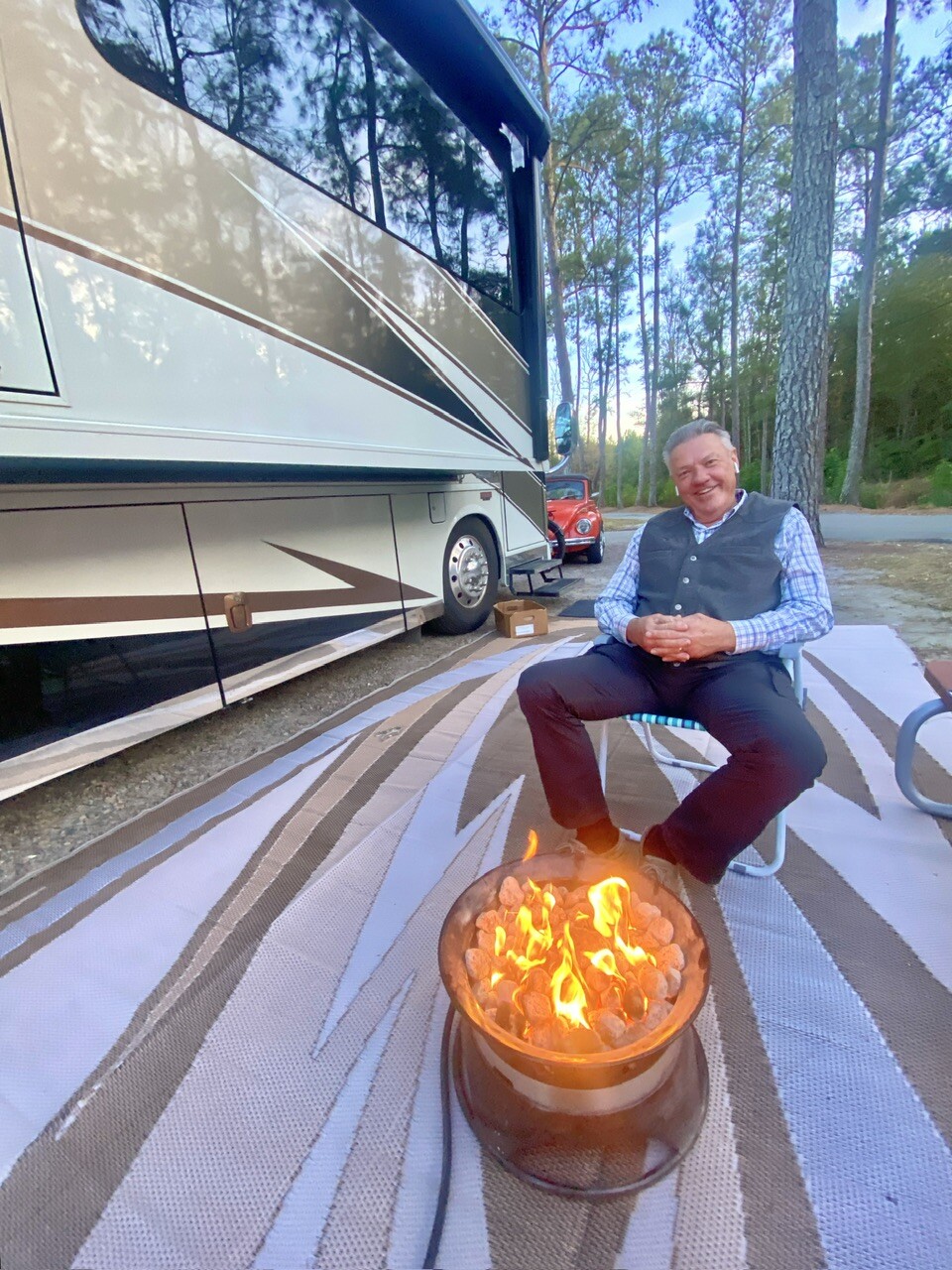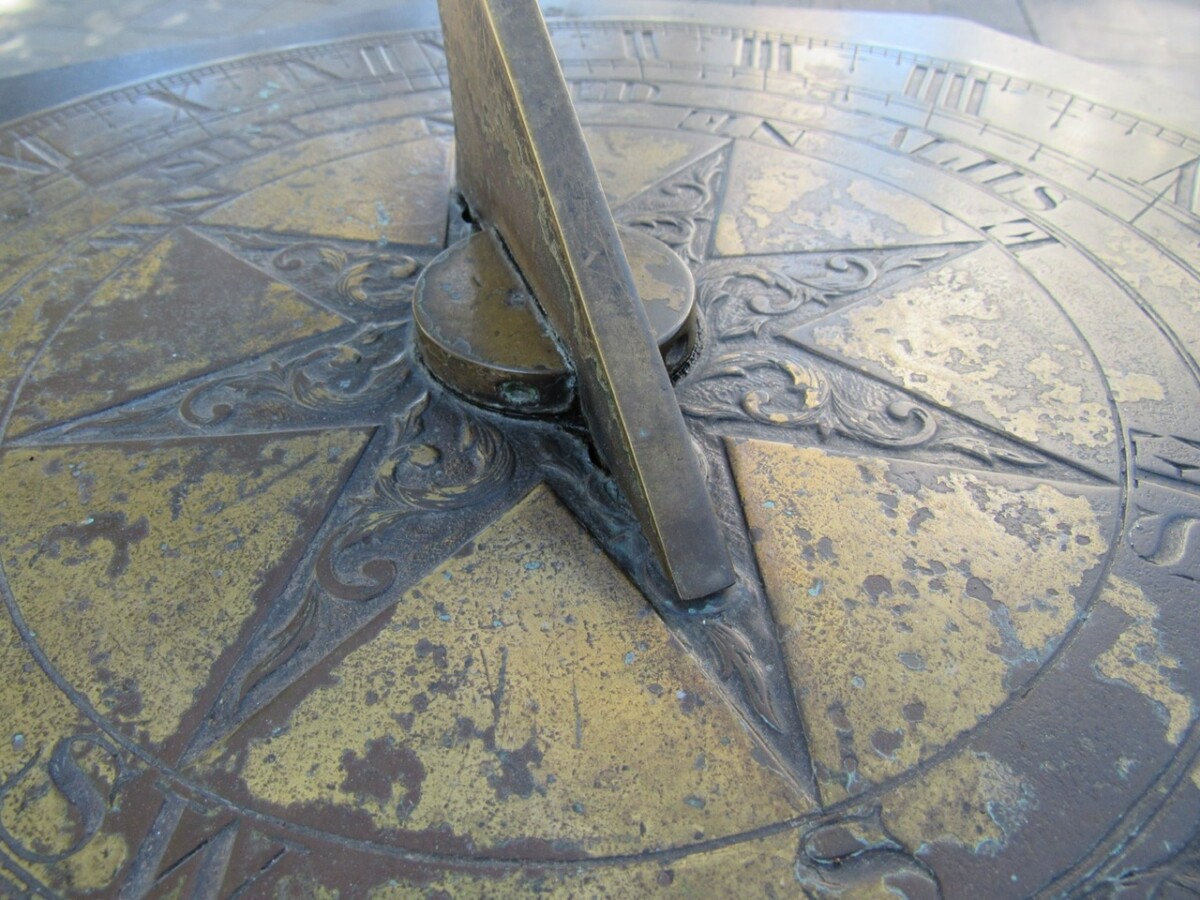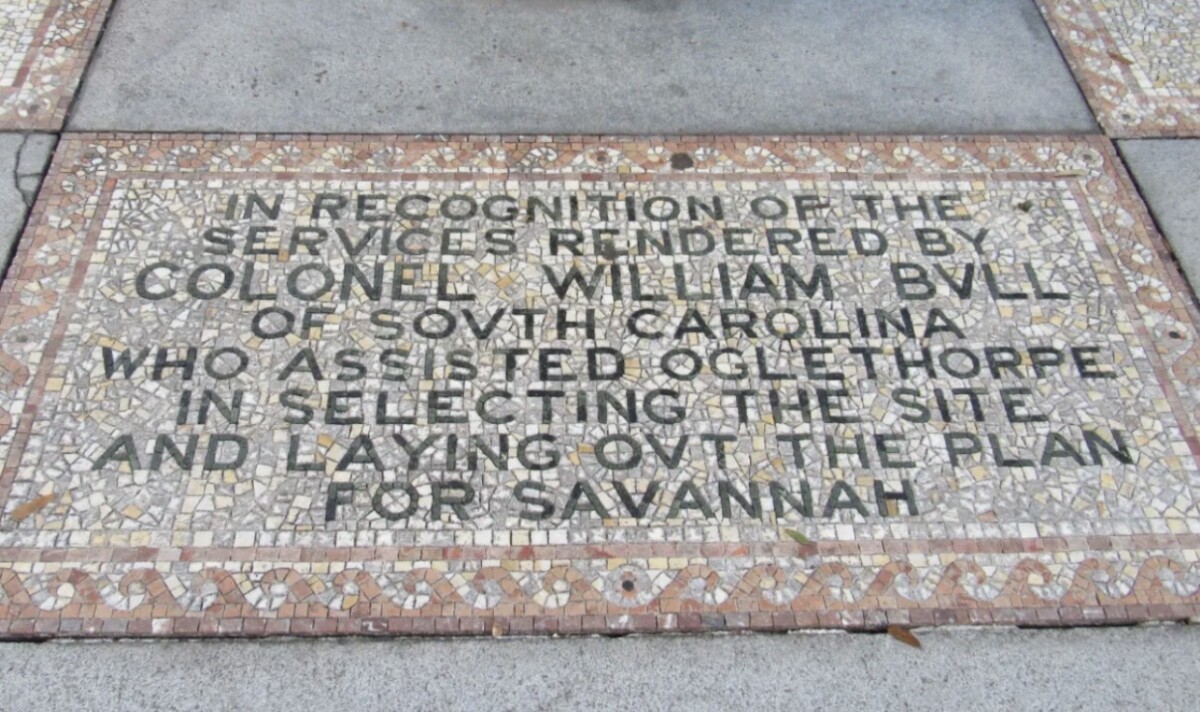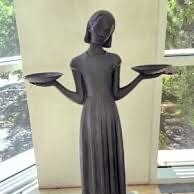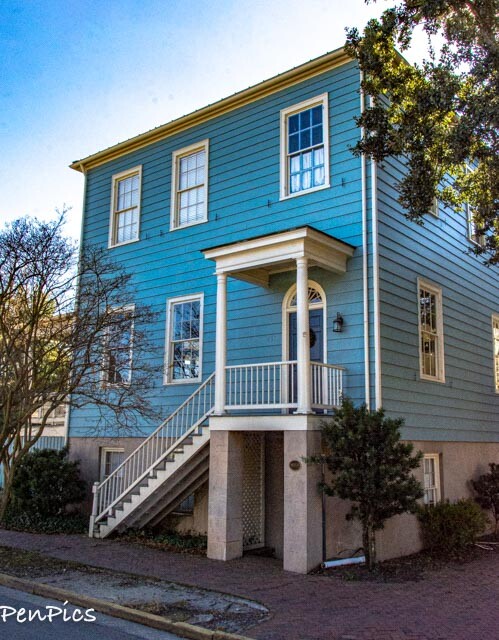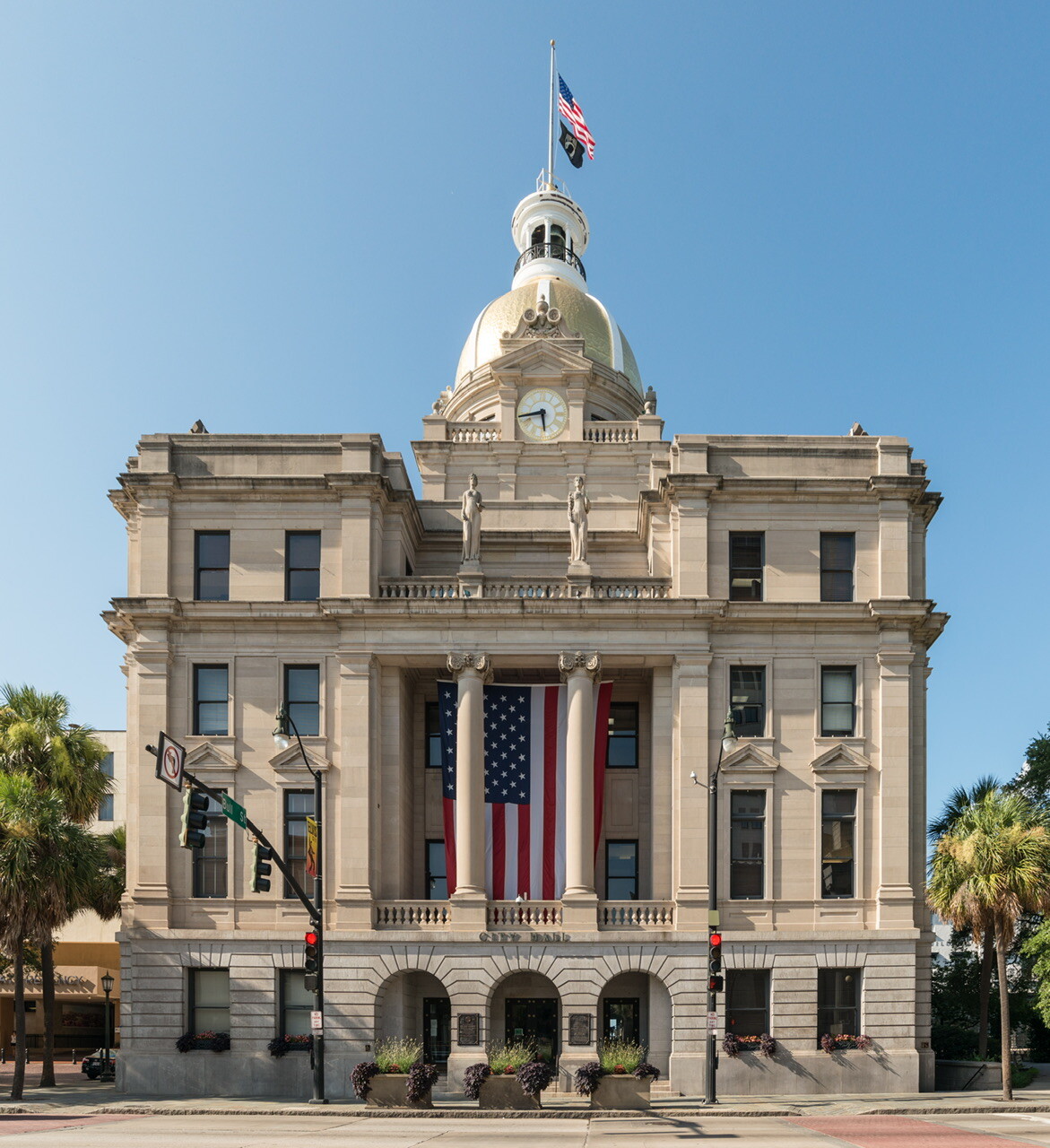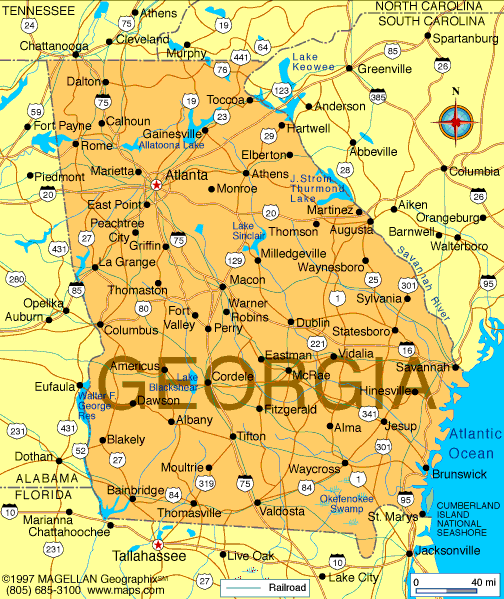“USA 🇺🇸 Georgia ~Historic Savannah Part 1 of 2 Trolley Tour”
I just love exploring on the East Coast, and Savannah, and Richmond Hill, Georgia are no exceptions. Our oldest history, in America, can be found on this side of the states. There is also way more history to report, other than what I’m sharing, here. I feel like I barely scratched the surface! It’s all so interesting!
Driving up from the Keys in Florida, and crossing into Georgia, the weather went from hot and humid, to cold, within hours. We are now using the heater in The Whale, wearing coats and enjoying campfires, outside.
⬆️ Our first campfire of the season
On this first day of adventuring, we took a 2-hour, narrated trolley tour, through Old Historic Savannah and it was really good. ($87 for us both) I love all the architecture and there is a definite colonial feel. The Live Oak Trees line many, many streets; which btw, still have the original cobblestone, and of course the Oaks have the quintessential Spanish Moss hanging from them; which screams Southern Charm, in many places.
I have to say, though, being this close to Christmas, Savannah disappointed in the Christmas decor. There were a few cheap red bows, tied here and there, and that’s all. This is quite unusual, for a well visited, tourist location, this time of year. We’ve traveled the world at Christmas times and have never seen the lack of Christmas decorations, before, so I can’t help but wonder why.
The other thing that was impressed upon me is how many old buildings in Savannah were, at one time, set for destruction, to make room for parking. It’s true, parking in these historic towns is a nightmare, but at what price do you destroy history, to make room for parking? If not for some amazing people, who fought for the preservations of this town, many more buildings would have been lost.
Like St.Augustine Historic Town in Florida, which is a college town, Savannah is also a college town, so the campus is spread throughout the area. It is SCAD. (Savannah College Art Design).
We loved our first stop campground choice in Georgia, and will share where we stayed, at a later date. We have so many places to visit, while at this stop, it’s going to take several blog posts to show it all, between: Richmond Hill, Savannah, and Tybee Island.
We were also expecting friends (from Georgia) to join us, but unfortunately something came up at their home, and they were unable to get away. We are shooting for another reunion in North Carolina!
Photo Dump: Trolley Tour Historic Savannah ⬇️
Savannah is a coastal city along the Savannah River in the state of Georgia. It is Georgia’s oldest city; established in 1733 by James Oglethorpe, and was a seaport in the American Revolution, and during the American Civil War.
Referred to as “The Hostess City of the South,” Savannah has a long and colorful history that attracts millions of visitors each year. From cobblestone streets and public parks to some of the most unique Antebellum architecture of the South, Savannah is an old beauty that has aged with grace.
Today, Historic Savannah Georgia is the state’s fifth-largest city, and a predominant Atlantic port and industrial center.
The sundial was put in place by the Society of Colonial Wars in 1933.
There are numerous town squares in Historic Savannah. (more than 20). As the town grew, more squares were added.
⬆️ The Nathanael Greene Monument, in Johnson Square
Greene, Greene County was created on February 3, 1786 in his honor. In June of that same year, he passed away, after suffering a heatstroke and was buried in Savannah’s Colonial Park Cemetery. BUT, In 1902, he was reinterred in Savannah’s Johnson Square under a monument erected in his honor.
REMARKABLE!!!
Union General Sherman burned Atlanta to the ground during his infamous southbound march in the Civil War. When he arrived in Savannah, the city’s beauty inspired him to spare it. Instead of destroying Savannah like he did Atlanta, Sherman sent a telegraph of Savannah, with its neat squares and lush greenery, to President Lincoln offering the city to him as a Christmas present. And what a gift Savannah still is!
Fast-forwarding to America’s mid-century era of the 1900s, when Savannah experienced a renaissance of sorts…..In the 1950s, a group of women banded together, to preserve historic structures set for demolition. This led to the formation of the Historic Savannah Foundation, and Savannah’s Historic District was designated a National Historic Landmark, in 1966.
Buildings such as the following three (for examples): ⬇️ …all stand today and have been restored to their original grandeur, because of that movement.
⬆️ The Pirates’ House (1754)
The Pirates House is a wonderfully preserved seaman’s tavern built around 1794. Located only a block from the Savannah River, the tavern was a popular meeting place for both sailors and pirates. Stories are told that sea captains frequently shanghaied unwitting seaman from the tavern to complete their crews. Drunken seaman were drugged and carried away to strange ships, bound for unknown destinations.
The tavern was made famous in Robert Louis Stevenson’s “Treasure Island.” According to the book, Captain Flint died in an upstairs room, shouting with his last breath, “Darby, bring aft the rum.” Stevenson’s fictional character, Long John Silver, said, “I was with Flint when he died at Savannah.”
⬆️ Independent Presbyterian Church (1890)
This church was the result of King George II’s desire to have a place of public worship, in 1755. It was built on the site, granted by the King. However, it was completely destroyed by fire in 1889. Two years later, the church was reconstructed, as near to the original design as possible, and the marble baptismal font, which survived the fire, is still in used in the church today.
⬆️ Cathedral of St. John the Baptist (1876)
Built in the late 1870s, this magnificent house of worship was destroyed by a fire in 1898, but was rebuilt immediately after.
⬆️ Oldest tree in the town: 300 years
⬆️ The Telfair Hospital
Mary Telfair was truly a woman ahead of her time. Born in 1791, Mary was an independent spirit who valued beauty and truth. Mary came from a prominent family, the daughter of one of Georgia’s governors. Her wealth allowed her to remain decidedly single when the prevailing culture dictated that women marry. Never one for pretention, Mary devoted her life to helping others and was a keen intellect, interested in people, art and politics.
Mary was frequently sick during a time when illness, especially respiratory disease, was often the cause of death. Perhaps this, along with her Christian faith, was what prompted Mary to provide funding in her will, for a women’s hospital.
In 1875, only a few days before her death, Mary placed a provision in her will that allowed for the erection of such a hospital in Savannah. The Telfair Hospital for Females, was built in 1884 and opened two years later. Only women were allowed in this hospital. Doctors, nurses and staff, along with patients, were all women. It was said that the only way a male could enter this hospital was if he was born there; AND he had three days to be discharged!
In 1960, it joined with Candler General Hospital and later moved into the facility in midtown Savannah. In 1997, Candler signed a joint operating agreement with St. Joseph’s Hospital, creating the region’s largest healthcare provider, and making the Mary Telfair Women’s Hospital the longest-operating women’s hospital in the nation.
⬆️ Candler Hospital is a historic 384-bed hospital. It was originally founded in 1804 as a Seamen’s Hospital and poor house, and eventually became known as Savannah Hospital. It is the second oldest hospital in America in continuous operation
⬆️ The Armstrong Kessler Mansion ⬇️
In 1916, shipping executive, George F. Armstrong, commissioned noted architect Henrik Wallin to create his private residence on six city lots north of the iconic Forsyth Park.
⬆️ Mercer Williams House
The 7,000 sq. ft. house was the scene of the 1981 shooting death of Danny Hansford, by the home’s owner, Jim Williams; a story that is retold in the 1994 John Berendt book: Midnight in the Garden of Good and Evil.
The house is also featured in the movie adaptation, of the book, released three years later.
⬆️ Made famous, thanks in part to the cover of the novel; Midnight in the Garden of Good and Evil, Bonaventure Cemetery was the original home of the “Bird Girl” statue.
Now relocated to the Telfair Academy Museum, this hauntingly beautiful statue, is now on display for all to see.
⬆️ “Bird Girl’s” pose does not actually symbolize the weighing of good and evil, rather, the bowls in her upturned hands were intended to hold food or water for birds.
….Back to the Mercer-Williams House:
The Mercer-Williams House was designed by New York architect John S. Norris for General Hugh W. Mercer; great-grandfather of celebrated songwriter, Johnny Mercer. Construction began in 1860 and was subsequently interrupted by the Civil War. It was eventually completed in 1868, after General Mercer sold the unfinished structure to John R. Wilder.
⬆️ Juliette Gordon Low was born in a Georgian mansion in the historic district of the city. Her birthplace, the city’s first National Historic Landmark, is now a museum, dedicated to her life and the Girl Scouts of America, and is visited by thousands of people each year.
Juliette Gordon Low was born on October 31, 1860 in an English Regency style mansion, located in Savannah. It’s here that visitors can now learn about her remarkable life and her founding of the Girl Scouts.
Inspired by the work of Lord Baden-Powell, founder of Boy Scouts, Juliette Gordon Low joined the Girl Guide movement, in England. Later, she formed her own group of Girl Guides there in 1911.
In 1912 she returned to the States and established the first U.S. Girl Guide troop, in Savannah, Georgia.
In 1915, the “United States Girl Guides” became known as The Girl Scouts. Juliette Gordon Low was the first ever leader. She remained active until the time of her death. In 1979, she was inducted into the National Women’s Hall of Fame.
⬆️ The Savannah Theater
Established in 1818, the Savannah Theatre on Chippewa Square is one of the oldest, continuously operating theaters in the United States. Designed by British architect William Jay, the original structure has undergone various face-lifts over the past two centuries due to fire and hurricane damage.
At one point, the theater was destined for demolition. Kevin Bacon; an actor, bought the building, saving it from destruction. He then paid for the entire renovation, then donated the Old Savannah Theater to the local college.
Today, the Savannah Theater hosts a variety of performances including musicals, holiday shows, haunted storytelling and even “An Afternoon with Savannah Dan,” which explores the city’s history and little known trivia.

⬆️ St. John’s Church in Savannah, is a parish of the Episcopal Diocese of Georgia. The church was formed in 1841 from the growing Christ Church, Savannah, as part of a plan to increase Episcopal presence in Georgia, and to provide for a first bishop of the diocese.
⬆️ The Thunderbird Inn’s modern roadside lodge was built in 1964 and earned a place on the Historic Register. Within one city block, guests can walk the largest National Landmark Historic District, with 1,800+ buildings in Federal, Regency, Greek Revival, Italianate, Gothic Revival, Romanesque and Victorian styles
The Jackson Five stayed here at one time.
I looked into booking us a night at this Inn, thinking the parking issue would be resolved, but nope; they charge $40 for parking, as well as the room cost.

All guests are treated to Moon Pies and RC Colas.
More than 40 percent of the buildings and homes found in Savannah, Georgia have architectural or historical significance. The restoration of these structures ste often undertaken by passionate individuals in strict accordance with the rules and regulations put forth by the Savannah Historic Foundation. Restoration of historic buildings has thrived here especially since the addition of the Savannah College of Art and Design in the late 1970s. “Main Street” programs, tax credits, grants and preservation incentives have had remarkable success throughout Georgia, demonstrating time after time the economic benefit of historic preservation.
The architecture here is incredibly diverse with styles that span the 18th and 19th centuries from simple Colonial to the gingerbread accents of the Victorian period.
⬆️ ⬇️ River Street is paved with over 200 year old cobblestones and runs along the Savannah River. The bustling street once made the city one of the leading ports in the U.S. The street was revitalized in 1977 after decades of being ignored and is now popular destination for tourists and locals.
⬆️ Located between Bay Street and River Street is a series of iron and concrete walkways, known as Factors Walk, connecting the buildings to the bluff. The people who set the prices for cotton and many other exports were called Factors, which is how this area got its name.
While it’s not specific as to when it was built, the Factor’s Walk is said to have been part of Savannah since the 18th century. It’s been said that the first buildings that comprise of Factor’s Walk were completed as early as the 1820s.
⬆️ River Street is situated right on the Savannah River and is a 10 min walk or short trolley ride away from the inn. It is well-known for its distinct charm with shops, galleries, restaurants, and other sites of interest all along the water’s edge.
⬆️ The Waving Girl Statue.
The young lady who greeted the passing ships in Savannah, Georgia, was a genuine symbol of southern hospitality. Day and night, she waved, welcoming, and bidding farewell to the hardworking sailors she encountered.
Why did she wave?
Over the years, many have come up with fanciful explanations for why Florence waved at the passing ships. Locals claim that in 1887, Florence fell in love with a naval officer who sailed away but promised to return. To help him spot her, she started standing by the river and gesturing at the moving vessels. Although they were never reunited, she remained hopeful for the rest of her life, making sure he saw her if he ever came back.
Although most would likely prefer the sad love story, Florence herself claimed that she did it simply because she was lonely. She was a young girl living on an isolated island, with nothing to do but stare at the water, and wait for ships to pass.
⬆️ One of the many lovely squares that are so much a part of Savannah’s history and charm, Chippewa Square was established in 1815 as a tribute to the Battle of Chippewa in the War of 1812. Its location in the heart of Savannah’s historic district made it a popular social spot then and now. A detailed statue of General James Oglethorpe stands in the center of the square, honoring the man who founded Georgia in 1733. Oglethorpe is known for his benevolence toward others, especially the Yamacraw Indians, who were the first inhabitants of the area.
⬆️ One of the most photographed locations in Savannah is Forsyth Park. This evergreen landmark is 30 acres of beauty and was the scenic backdrop for several scenes in the movie.
The fountain appears in many films, including: The Longest Yard, Cape Fear, Forrest Gump and Midnight in the Garden of Good and Evil.
⬆️ The Old Pink House is now a restaurant/tavern and a very hard one to get a reservation at. I tried. It has an interesting history
Today, the Olde Pink House is one of Savannah’s many taverns, but for over three hundred years, the bright pink mansion was known as the Habersham House.
Sitting on Abercorn Street, right on Reynolds Square, the house was built by the influential Habersham family, around 1771. James Habersham had the house built in 1771, but due to the outbreak of the Revolutionary War, construction had to be delayed. The British occupied the home, fueling the young Habersham children’s angst against the British. The house wasn’t officially completed until 1789. Just ten years later, James Habersham died in the house, leaving the home to his eldest son, James Habersham Jr.
James Habersham was one of Savannah’s earliest settlers and amongst the wealthiest men in Georgia at the time. A fierce British loyalist, he was behind the push to ban slavery in Georgia, despite being a cotton farmer, who benefitted from it.
The building has been through quite a few hands and has lived through some of Savannah’s worst times. The Habersham House stood strong through a massive fire in 1796, while over 200 other buildings were destroyed. The house also survived three wars, and was seized by occupying forces twice. Jim Williams, a leading preservationist in Savannah, helped restore the building in the 1960s.
Williams may have brought the house back to life, but that didn’t stop a haunted aura from taking over the building. Several owners of the house kept slaves, many of whom were children. It was common for the children to contract Yellow Fever and die during childhood. According to some, the spirits of the slave children still live on in the house, and patrons of the bar have caught a glimpse of their apparitions, playing in the basement.
These “ghosts” have been known to knock down cutlery and lock the bathroom doors. One bartender in particular claims to have had a constant issue with wine bottles jumping out of their cubbies and onto the floor.
The ghost of James Habersham Jr. also resides in the house, and is generally seen during the colder months. He tends to be pretty friendly, and most staff encounter him at some point. Mrs. Habersham is said to be in the house as well. Unlike her late husband, she’s pretty mean and often hisses at customers, when they cause a ruckus in the restaurant.
⬆️ Savannah City Hall was built between 1904 and 1905
************
All too soon, we returned back to our starting point, of our Trolley Tour, and it was time to get back to the Whale.
Archive Blog Posts of Our Country Visits
About Us

About Us
Hello and Welcome to our Travel Blog Website, We enjoy writing about our experiences and taking photos of our adventuring along the way. Our names are: Daryl and Pen, but Daryl calls me “Bunny.” We met, quite randomly, whilst both… Read More












